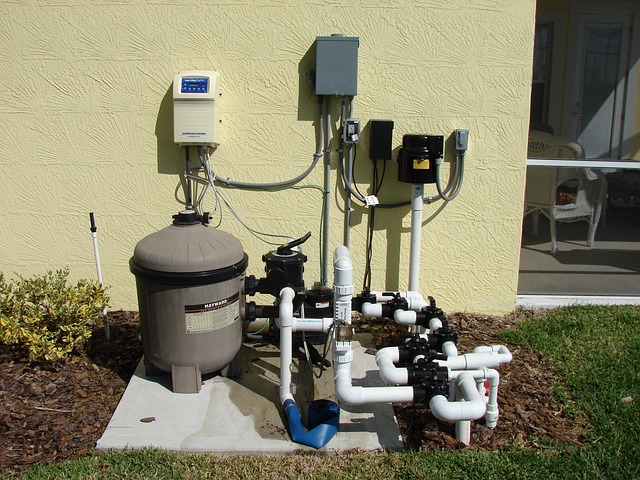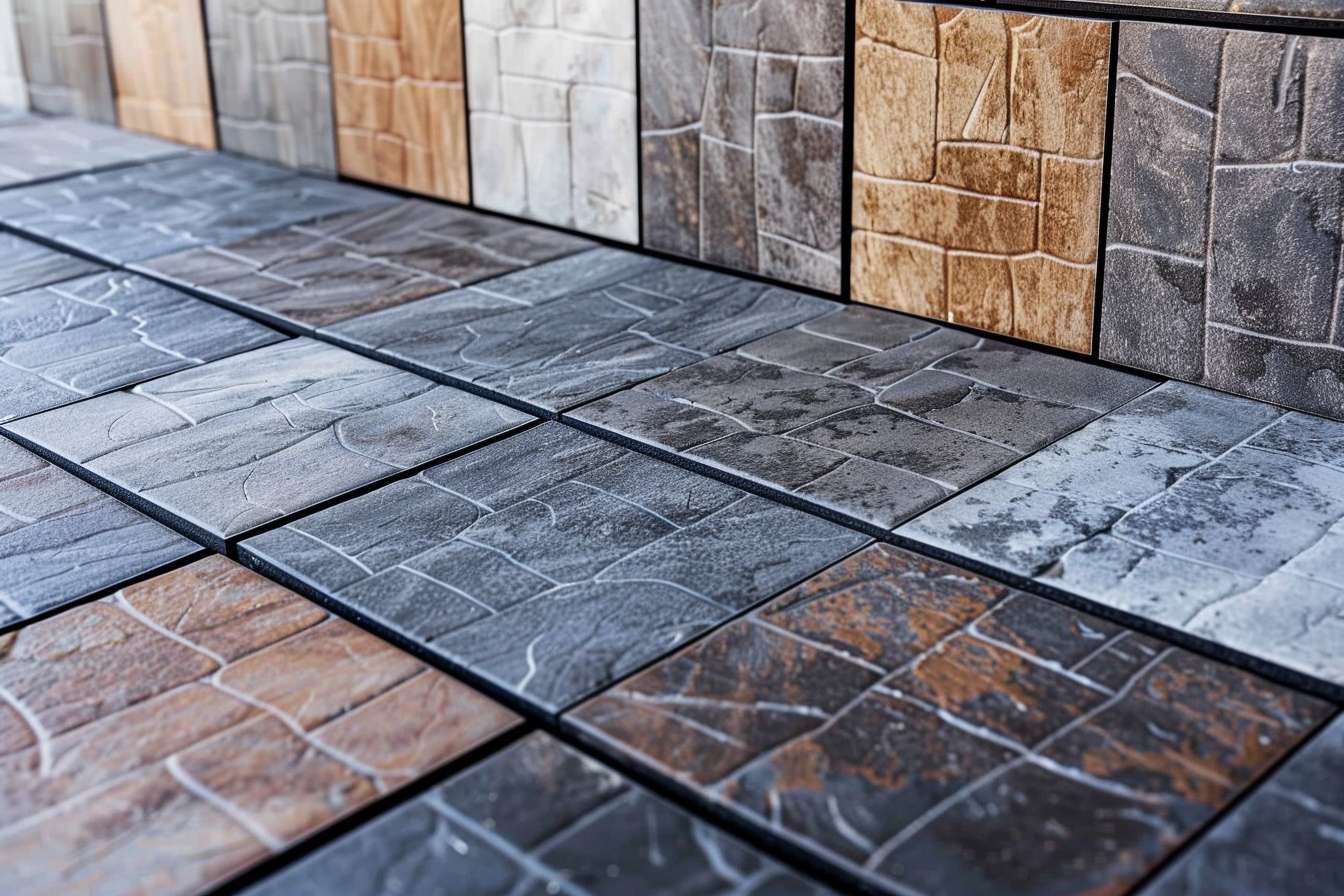Different types of septic systems for various property needs
Septic tanks serve as essential wastewater treatment systems for properties in areas without centralized sewer services. These systems require proper understanding of operation and maintenance to ensure effective waste processing and environmental protection.

Understanding Conventional Septic Systems
Conventional septic systems consist of two main components: a septic tank and a drain field. The septic tank, typically made of concrete, fiberglass, or polyethylene, collects wastewater from the house and separates solids from liquids. As wastewater enters the tank, heavier solids settle at the bottom forming sludge, while lighter materials float to the top creating a scum layer. The clarified liquid in the middle, called effluent, flows from the tank into the drain field where it’s naturally filtered by soil before rejoining groundwater. These systems work best in areas with permeable soil and adequate distance between the drain field and groundwater sources.
Concrete Septic Tanks: Durability and Performance
Concrete septic tanks remain one of the most common choices for residential properties due to their longevity and durability. These tanks can last 20-30 years or more with proper maintenance and are less susceptible to damage from soil pressure compared to other materials. Concrete tanks are heavy enough to prevent floating in areas with high water tables and resist crushing when properly installed. While they may develop cracks over time, especially in areas with freeze-thaw cycles, proper installation and regular maintenance can mitigate these risks. The weight of concrete septic tanks requires specialized equipment for installation, highlighting the importance of hiring experienced professionals for septic tank installation in your area.
Alternative Septic System Options
For properties with challenging soil conditions, high water tables, or limited space, several alternative septic systems provide viable solutions:
-
Aerobic Treatment Units (ATUs): These systems use oxygen and aerobic bacteria to treat wastewater, resulting in cleaner effluent than conventional systems. ATUs can work in areas with poor soil conditions but require electricity and more maintenance.
-
Mound Systems: When the soil depth is insufficient for a conventional drain field, mound systems create an artificial drain field above ground level using sand, gravel, and soil to filter effluent before it enters the natural soil.
-
Chamber Systems: These systems use a series of connected chambers instead of gravel trenches in the drain field, providing increased storage capacity and improved soil treatment area.
-
Drip Distribution Systems: These apply treated effluent in small doses through a network of drip tubes installed at shallow depths, making them suitable for areas with shallow soil.
Factors Affecting Septic System Cost
The cost of a septic system varies significantly based on several factors including system type, size, soil conditions, and location. A conventional septic system typically ranges from $3,000 to $10,000 for installation, while alternative systems can cost significantly more. The size of the system, determined by the number of bedrooms or expected water usage, directly impacts cost. Site conditions requiring additional excavation, soil amendments, or specialized equipment will increase expenses. Advanced treatment systems like aerobic units can cost $10,000 to $20,000 due to their complex components and installation requirements.
Septic System Installation Process
Installing a septic system requires careful planning and professional expertise. The process begins with a soil evaluation to determine percolation rate and identify any limitations. Local health departments require permits based on these evaluations before installation can begin. The installation process includes excavation for the tank and drain field, positioning of the tank, connection of pipes, and construction of the drain field. Professional installers ensure proper depth, slope, and connections throughout the system. After installation, the system requires inspection by local health officials before backfilling and final grading of the site.
Comparing Septic System Types and Costs
Different septic systems offer varying benefits depending on property needs and constraints. Below is a comparison of common systems to help property owners understand their options.
| System Type | Suitable Property Conditions | Average Installation Cost | Maintenance Requirements | Lifespan |
|---|---|---|---|---|
| Conventional System | Good soil percolation, adequate space | $3,000-$10,000 | Pumping every 3-5 years | 20-30 years |
| Concrete Septic Tank | Most soil conditions | $700-$2,000 (tank only) | Regular inspection for cracks | 30-40+ years |
| Aerobic Treatment Unit | Poor soil, high water table | $10,000-$20,000 | Quarterly maintenance, electricity | 15-20 years |
| Mound System | Shallow soil depth, high water table | $10,000-$20,000 | Regular monitoring, careful landscaping | 15-25 years |
| Chamber System | Limited space, rocky soil | $5,000-$12,000 | Similar to conventional | 25-30 years |
| Drip Distribution | Shallow soil, irregular lot shape | $8,000-$18,000 | Filter cleaning, component checks | 10-15 years |
Prices, rates, or cost estimates mentioned in this article are based on the latest available information but may change over time. Independent research is advised before making financial decisions.
Maintenance Requirements for Long-Term Performance
Regardless of system type, proper maintenance is essential for optimal performance and longevity. All septic systems require periodic pumping to remove accumulated solids, typically every 3-5 years depending on household size and usage patterns. Homeowners should maintain detailed records of septic system inspections, pumping, and repairs. Water conservation helps prevent system overload, while being mindful about what enters the system—avoiding harmful chemicals, excessive grease, and non-biodegradable items—preserves the bacterial balance necessary for proper function. Alternative systems with mechanical components or pumps require more frequent professional inspections to ensure all parts are functioning correctly.
Choosing the right septic system involves balancing immediate costs against long-term performance, maintenance requirements, and your property’s specific conditions. By understanding the differences between conventional and alternative systems, property owners can make informed decisions that protect both their investment and the environment.




